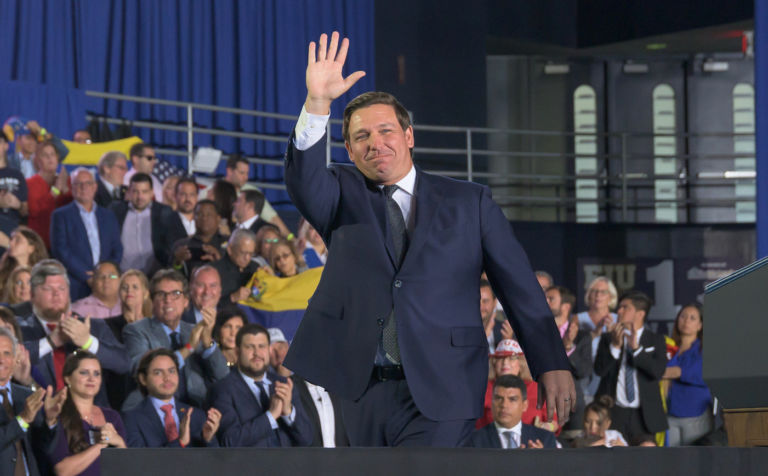James Antle of the Washington Examiner explores possible relief from the worst parts of the latest federal stimulus package.
President Trump signed the $900 billion COVID-19 economic rescue package he called a “disgrace” in time to avert a government shutdown. Now, he wants to go back and excise the pork-barrel spending.
The tool Trump plans to use to have his new spending and cut it too is the Impoundment Control Act of 1974. “I will send back to Congress a redlined version, item by item, accompanied by the formal rescission request to Congress insisting that those funds be removed from the bill,” he vowed.
“It would be useful for Trump to send up a rescissions bill, not because it would end up cutting anything permanently but because the more debate the country has on wasteful spending, the better,” said Chris Edwards, tax policy director at the libertarian Cato Institute.
Reviving the rescissions process under the 1974 law, which went unused under Presidents Barack Obama and George W. Bush, was once considered an important part of how the Trump administration planned to rein in federal spending. The White House floated up to $60 billion in these types of cuts in 2018, ultimately submitting $15.4 billion to Congress. “We want to make sure the muscle memory behind this process is remembered by Washington,” said a senior administration official at the time.
“The bottom line is it’s $15.4 billion. That’s the bottom line,” then-Trump budget chief Mick Mulvaney told reporters. “If it passes, it would be the largest rescissions savings in the history of the country. I’m very excited about the possibility of it passing.”
But the Impoundment Control Act requires Congress to vote to approve trimming spending it has already authorized, with the president only able to delay it for 45 days. This strategy didn’t go far when Republicans controlled both houses.


